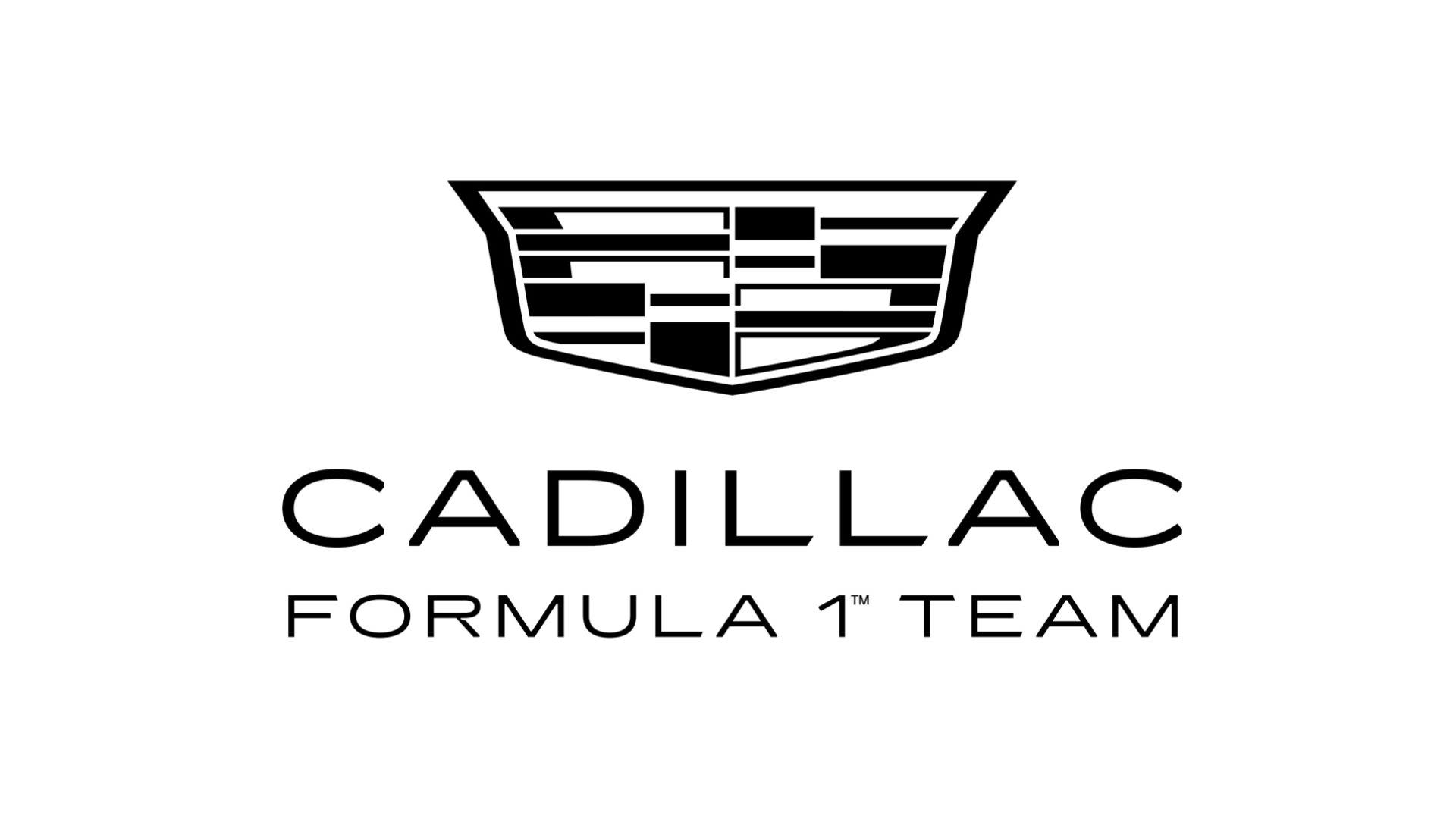Most people will never see a bristle worm in the wild, but according to a new study, the science derived from these bristly beasts may someday benefit you or someone you know.
Bristle worms—aka polychaetes— are saltwater worms with elaborate, hair-like structures; in some species, they allow the animals to paddle through the open ocean or “walk” across the seafloor.
“One of the reasons that we’re interested in bristle worms is because they’re great models for regeneration biology,” saysFlorian Raible, a molecular biologist at the University of Vienna in Austria. “So, they can actually regenerate most of their body, and they can do this very well compared to other systems.”
While most of the lab was focusing on these regenerative superpowers, one of Raible’s postdoc students at the time,Kyojiro Ikeda, happened to notice something peculiar at the molecular level, using electron microscopy and tomography.
Looking more closely at the species known asPlatynereis dumerilii, Ikeda noticed that everywhere the bristle worm had bristles, it also had a single cell known as a chaetoblast. More specifically, this chaetoblast has a protrusion that repeatedly elongates and then retracts, depositing a material known as chitin in the process of building each individual bristle.
“We sort of think of these protrusions as acting like a 3D printer,” says Raible, senior author of astudydetailing the discovery inNature Communicationslast year. “Every single individual bristle is made by a single cell.”
Surprisingly, Raible says there’s a “striking parallel” between the geometry of the bristle worm’s chaetoblasts and the sensory cells found in the inner ear of humans and other vertebrates. And this means that in addition to teaching scientists about regeneration, the bristle worm system may be able to serve as a proxy for such cells, allowing us to study conditions like deafness (which can occur when sensory cells in the inner ear are damaged).
“So, we essentially have a new parallel between very evolutionarily distant organisms, such as us and these polychaete worms,” he says.
Nature's own 3D printer
There are more than 24,000 species of worms on this planet, and while most of us tend to only think about the ones wriggling through the garden, these tubular creatures are incredibly diverse.
The giant Gippsland earthworm of Australia can grow to be nearly 10 feet long, for example, while worms in the Chaetopteridae family glow in the dark, and bloodworms are venomous devourers of flesh.
“For me, the most fascinating part is the fact that such a group of animals managed to adapt to different habitats, which caused an immense variety of organ system adaptations and changing body plans,” saysConrad Helm, a biologist at the University of Göttingen in Germany. “So, most of them look quite bizarre and fascinating and are totally different from the picture most people have in mind when thinking of a worm.”
For instance, bristle worms use their bristles to swim through open water, shuffle along the seafloor in a manner that resembles walking, and even dig tunnels. The bristles can also sometimes be equipped with hooks, stylets, and teeth, which allow the worms to secure themselves to their burrows.
Interestingly, the authors were able to observe how such structures are formed in the new research, revealing that teeth are also laid down by the 3D-printing-like process as the overall bristle is formed, sort of like a conveyor belt.
“Every 30 to 40 minutes, a tooth is initiated,” says Ikeda, a cell biologist at the University of Vienna and lead author of the study. “So, a new tooth is starting while the old one is synthesized.”
All of these structures are made out of chitin, which is the second most common biopolymer on Earth, and importantly, one that is tolerated really well by the human body. This may mean that by studying polychaete bristles, scientists can develop new surgical stitches or adhesives that start out strong but are eventually absorbed into the human body.
There are also plans to develop a new kind of cement for dental work, say the researchers.
'It's really mind-blowing'
Helm says the new study only makes him more curious about these weird and wonderful creatures.
“It’s really mind-blowing to see how nature is able to create a diversity of shapes and forms that humans are unable to replicate,” he says. “What is groundbreaking in the new study is the fact that [the researchers] uncovered several ultrastructural and molecular details that were not known to science so far. Especially when it comes to the shaping of the bristles.”
He notes that it goes to show how important it is to conduct unbiased, basic research.
“Without basic research, such biological materials or processes will never be usable for medical applications,” he says. “The study shows that there are still many open questions.”
Worms have been on this planet for more than 500 million years—which is about 100 million years before trees existed. Who knows what else these often-overlooked lifeforms have to teach us?
The ability of this creature to 3D-print its own body parts represents a remarkable leap in biological innovation, blurring the lines between nature and technology.
This intriguing ability highlights the extraordinary level of evolution this creature has attained, demonstrating a remarkable advancement in self-repair and repair mechanisms that potentially pushesthe boundariesof biological innovation.
Incredibly innovative! This creature's ability to 3D-print its own body parts signifies a breakthrough in regenerative biology, demonstrating an unparalleled level of self repair and adaptability.
Wow, it's incredible to think that this hypothetical organism possesses the ability to 3D-print its own body parts - truly marking a new era in biological evolution and innovation.














